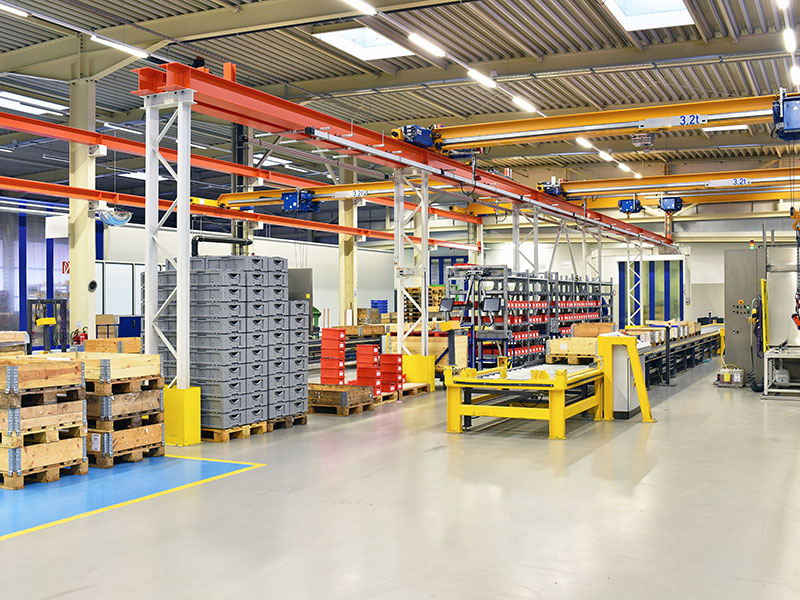Allegro led Timken Through a Successful Disposition of 30 Acres of Industrial Land


Timken owned 30 acres of industrial land in an urban area of a large metropolitan area which were no longer a valuable asset to the company. The site’s centuries old, heavy manufacturing facilities were no longer in operation and sat on environmentally contaminated land. The site was located in an historical neighborhood which suffered a long decline caused, in part, by the development of metropolitan area’s interstate highway system. A neighborhood of predominantly abandoned buildings surrounded the brownfield site. The company engaged Allegro to determine the appropriate disposition of the site.
Allegro conducted a “Highest and Best Use” study to consider not only what the market would sustain, but what would be of benefit to the surrounding community. Allegro focused on the site’s strengths, including proximity to a major state university and its expanding retail trade area, as well as the site’s excellent interstate access. Despite the site’s environmental and demographic weaknesses, the site was one of the few contiguous pieces of land which was large enough to support the expanding retail trade area.
Allegro determined that the two most appropriate uses were for the company to 1) clean up the environmental issues and sell the site for a retail price or to 2) sell the site “as-is” for a lower, industrial price to someone who would create value by turning the site into retail. The client was not interested in investing additional money to redevelop the site, preferring to bring the site to an industrial environmental standard and to minimize future environmental obligations.
Allegro conducted a successful search for a retail developer who shared the client’s perspective on the future of the site, understood their objectives, and was willing to assume responsibility for the site. Allegro structured the transaction to achieve the client’s objectives of selling the asset and terminating its environmental obligations; the developer’s objective of purchasing the site at a reasonable, industrial price; and the community’s objective of attracting a land use which rejuvenated the blighted area by creating jobs and a neighborhood development. The successful transaction enabled the first phase of a multi-phase development which was a crucial first step towards the community’s revitalization.



Get the latest real estate advice and insights from Allegro experts sent straight to your inbox.